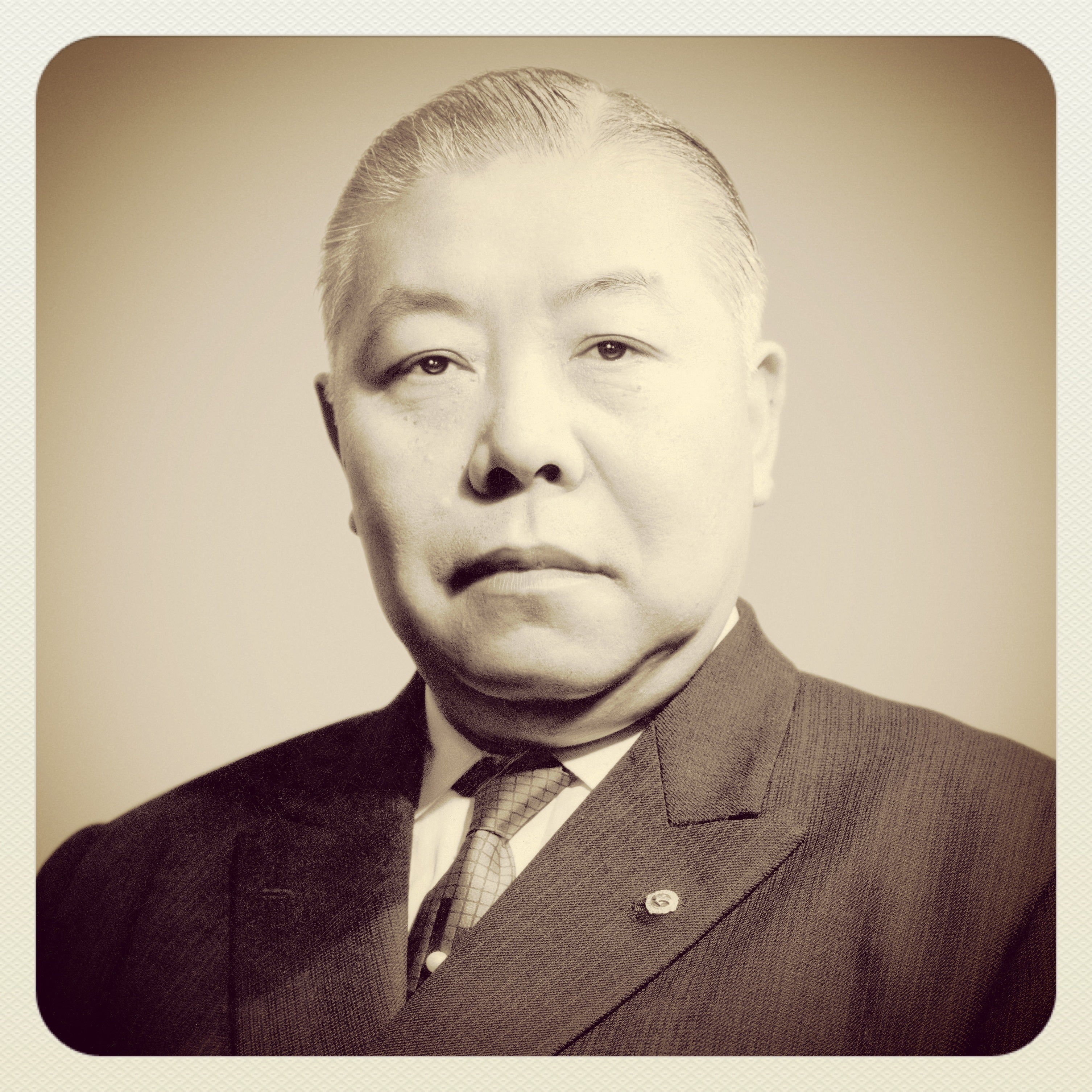 Dr. Takemi served as President of the Japan Medical Association from 1957-1982, and as President of the World Medical Association from 1975-76. His deep interest in the historical and international dimensions of medical problems is well-known, and his forceful leadership of the JMA made it one of the most powerful organizations in Japan.
Dr. Takemi served as President of the Japan Medical Association from 1957-1982, and as President of the World Medical Association from 1975-76. His deep interest in the historical and international dimensions of medical problems is well-known, and his forceful leadership of the JMA made it one of the most powerful organizations in Japan.
Born in 1904, Dr. Takemi was educated at the Keio University School of Medicine. One of the first to study the application of nuclear physics to medicine, he was a member of the research team that measured post-atomic bomb radioactivity in Hiroshima in 1945. An inventor as well as a physician-scientist, he built the first portable electrocardiograph machine in 1937 and two years later invented the vectorcardiograph. He also patented several laboratory processes, including a method for extracting chlorophyll. During his career as a clinician and educator, he was associated with major hospitals and universities throughout Japan
Long active in international affairs as well, Dr. Takemi received honors and awards from many nations, including the Italian Order of Merit, the Silver Medal from Pope Paul VI, the Brazilian Order of the Southern Cross, and an honorary K. B. E. from Great Britain. He served as a Visiting Professor at Keio, Kitasato and Tokai Universities in Japan and as an advisor to his government’s Science and Technology Agency. Dr. Takemi was appointed a Visiting Professor at the Harvard School of Public Health, following his retirement from the JMA in 1982, but was unable to come to Harvard because of his illness. He died in Tokyo in December 1983.
We of the Harvard T. H. Chan School of Public Health are honored that Dr. Takemi agreed to lend his name and support to this important program in international health, and we benefited greatly from his advice and encouragement in the course of establishing the Takemi Program at Harvard.
